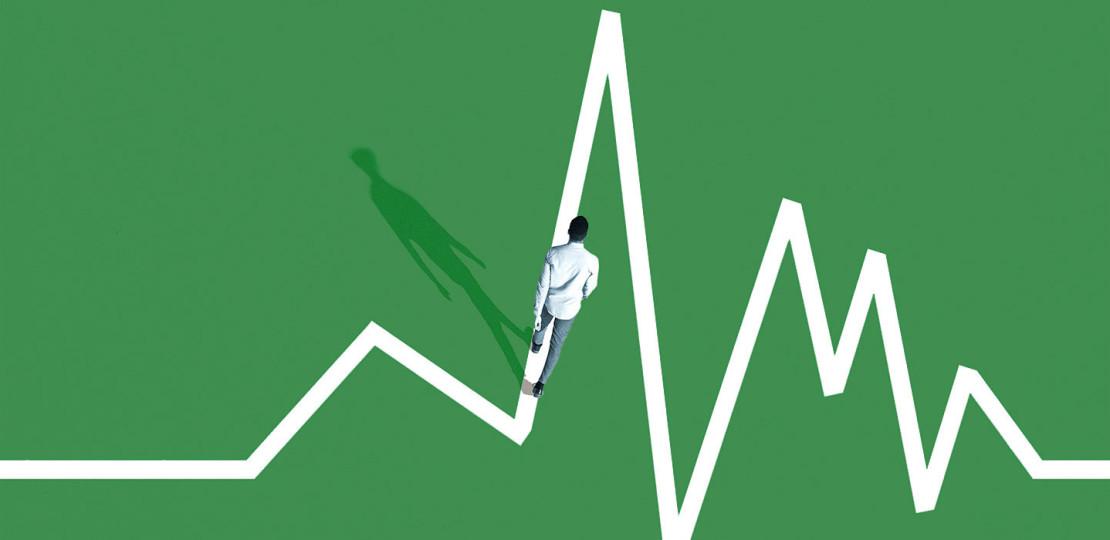Investment risks you need to know about: Inflation risk and opportunity cost

Get informed
Sign up for our fortnightly Compass newsletter
When you hear the word ‘risk’ the first thing that springs to mind is usually your investments losing value. In reality, it’s far more nuanced than that. In this series of Learn articles, we’ll introduce you to the main risks you’re exposed to as an investor.
Important: This article is for general guidance purposes only and should not be considered investment advice. If you are unsure about the suitability of an investment, please seek out advice. When you invest, your capital is at risk.
Our first article in the series also included a handy explainer on how you should think about risk. If you missed it, you can find it here.
And now, let’s look at inflation risk and opportunity cost…
Inflation risk
What is it? This is the risk that the return on your investment is less than the rate of inflation – meaning that over time, your money will be able to buy less in real-world terms. As an example, if inflation is 7% and your stock portfolio returns 5%, the portfolio is losing 2% of its value.
"People often talk about the 'real rate of return' – i.e., the rate of return adjusted to account for inflation."
Historically, stock returns have beaten inflation over the long run, but there are periods of time when they may not.
Cash investments, such as savings accounts or very low-risk bonds, often pay interest rates that are lower than the rate of inflation. Therefore, while the risk of losing money in absolute terms via these investments is extremely low, they have a high inflation risk – meaning your money will buy you less in future.
People often talk about the “real rate of return” – i.e., how your investments perform adjusted to account for inflation. If you put your money in a savings account that pays 3% interest but inflation is 7%, the real rate of return is -4%. In real terms, you’ve lost money.
What can you do about it? Many people chose to counter inflation by investing their money in assets that typically beat it. Stocks of companies that sell consumer staples – goods people will always need – are often cited as an "inflation-busting" investment. These companies can raise the price of their goods and still make sales – few people will go without washing-up liquid or toilet paper. Of course, no investment will ever be 100% inflation-proof.
Opportunity cost
What is it? Investing, like most things in life, involves making a series of decisions. Opportunity cost refers to what we give up when we choose one action over another.
Remember taking your pocket money to the sweet shop as a kid? Spending all your money on chocolate would mean you wouldn’t have anything left to buy a fizzy drink with. What if you got thirsty later?
Investing is a lot less sugary, but the same principles apply. Buying one stock today means you may not have the funds to purchase another tomorrow, and what if that means you miss out on returns?
What can you do about it? Having a plan and understanding your financial goals can help you in making the decisions about where to invest the money that’s available to you.
If you’re anxious about missing out on an opportunity you could hold some money back to invest should it present itself. Or, you could think less about opportunities and more about meeting your long-term goals. It’s important you find out what works for you.
Up next: We look at longevity and currency risk. Previously: We looked at systematic and non-systematic risk.
Capital at risk.



